50+ Sample Inventor Sheets
-
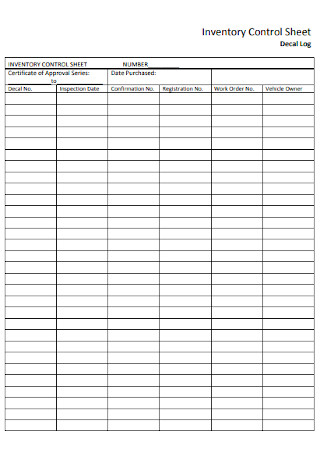
Inventory Control Sheet
download now -

Inventory Record Sheet
download now -
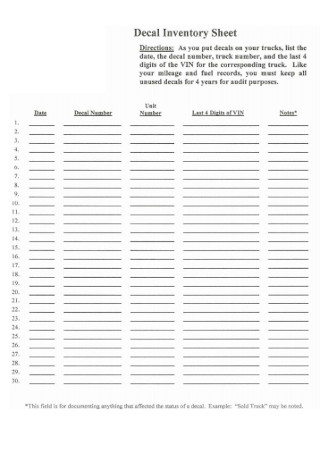
Decal Inventory Sheet
download now -
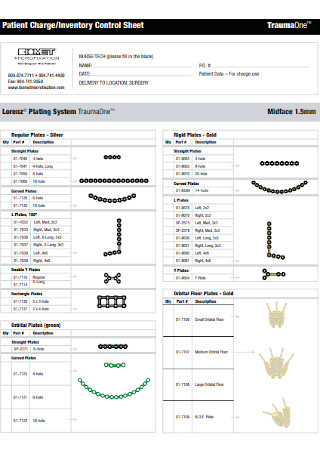
Patient and Inventory Control Sheet
download now -
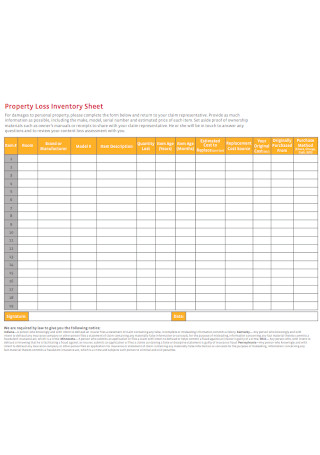
Property Loss Inventory Sheet
download now -
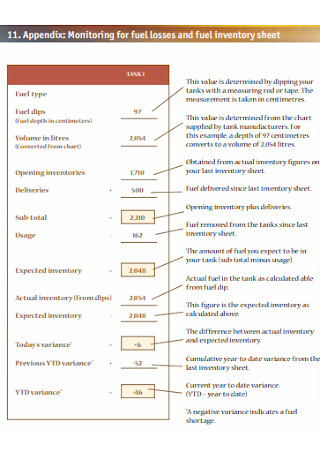
Fuel Inventory Sheet
download now -
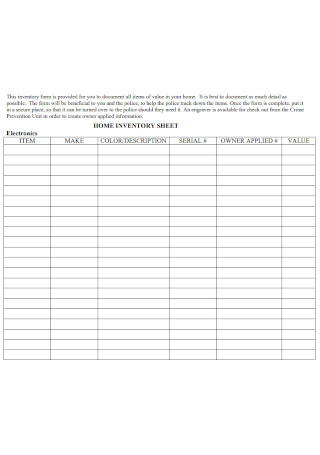
Home Inventory Sheet
download now -

Area Inventory Sheet
download now -
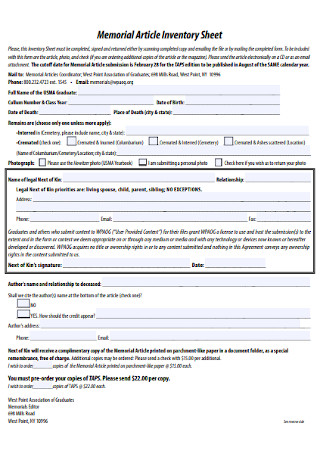
Memorial Article Inventory Sheet
download now -
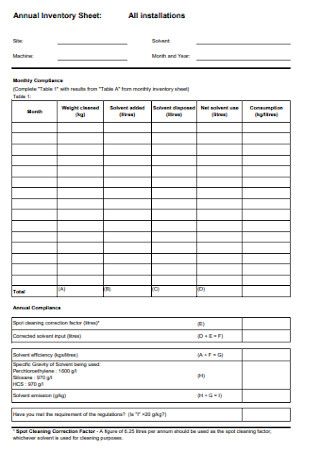
Annual Inventory Sheet
download now -
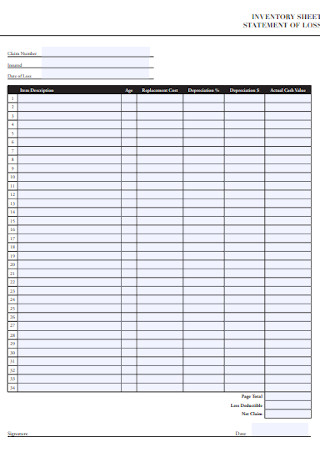
Inventory Sheet Statement of Loss Template
download now -
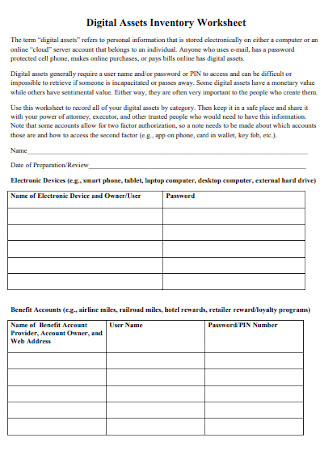
Digital Assets Inventory Worksheet
download now -
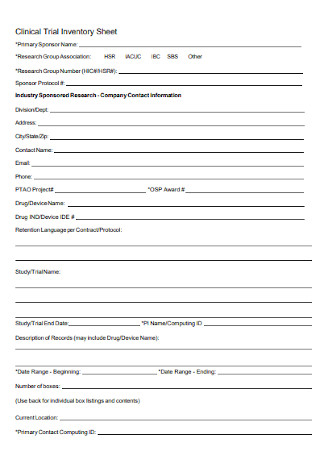
Clinical Trial Inventory Sheet
download now -
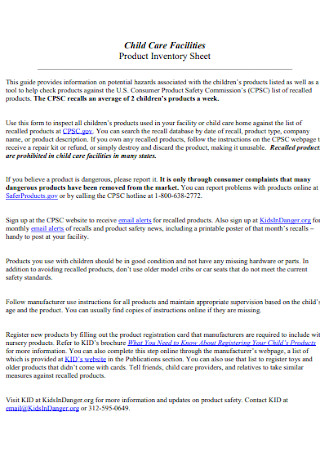
Product Inventory Sheet
download now -
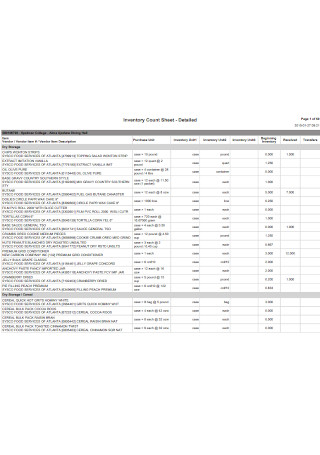
Inventory Count Sheet Template
download now -

Personal Inventory Sheet
download now -

Monthly Inventory Sheet
download now -
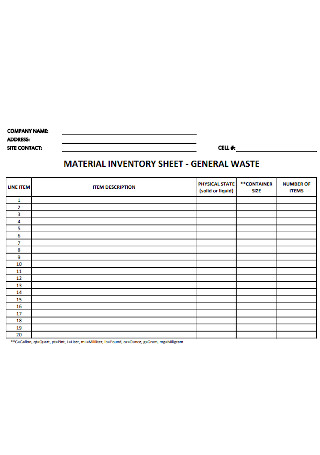
Material Inventory Sheet
download now -
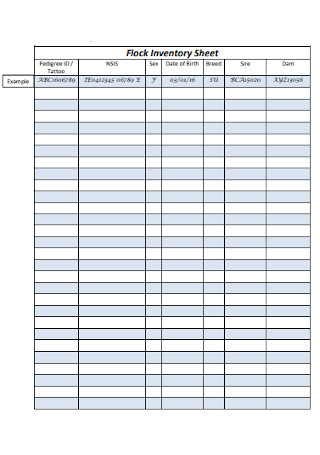
Flock Inventory Sheet
download now -
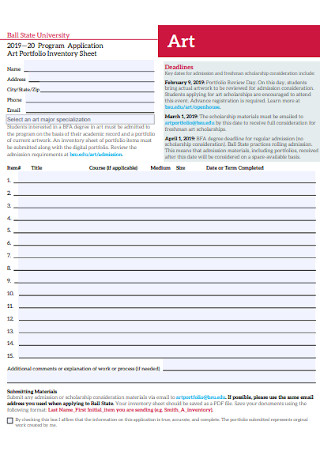
Art Portfolio Inventory Sheet
download now -
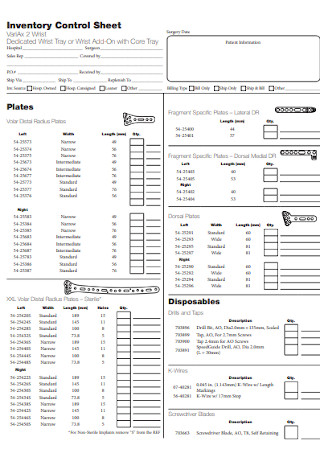
Inventory Control Sheet Example
download now -
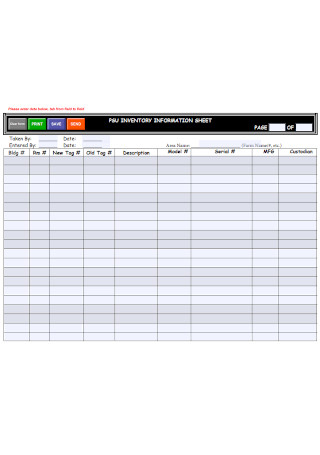
Inventory Information Sheet
download now -
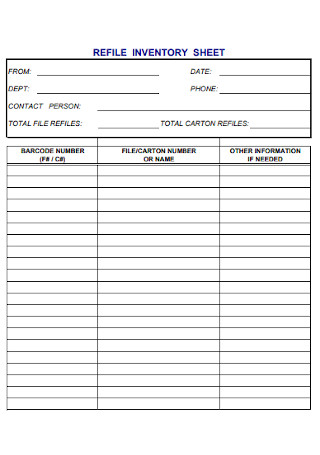
Refile Inventory Sheet
download now -
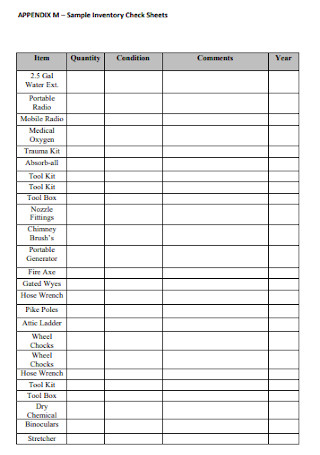
Sample Inventory Check Sheets
download now -
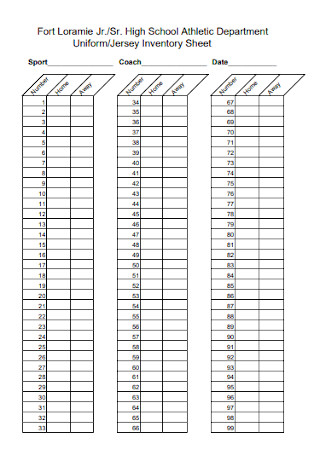
Jersey Inventory Sheet
download now -
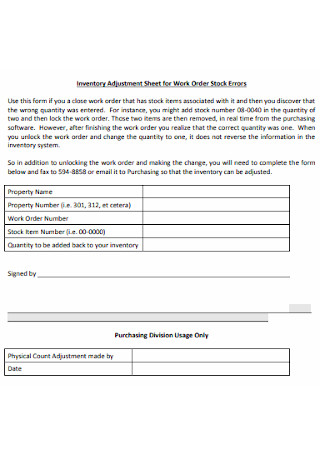
Inventory Adjustment Sheet
download now -
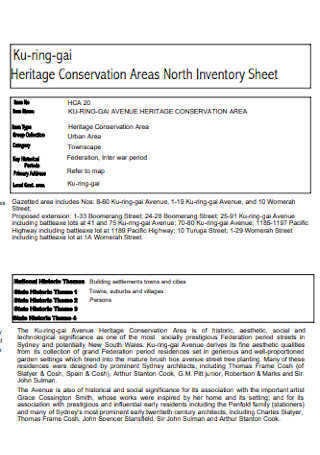
Conservation Areas Inventory Sheet
download now -
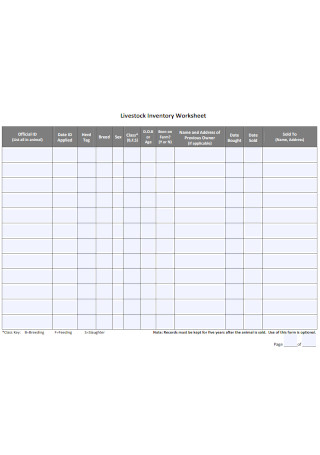
Livestock Inventory Worksheet
download now -
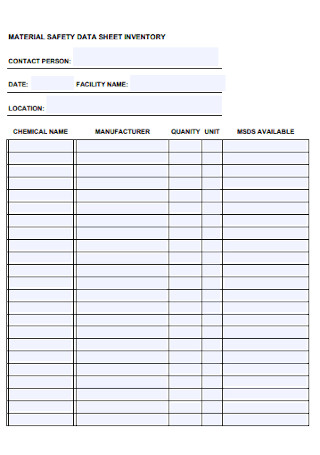
Material Safety Inventory Sheet
download now -
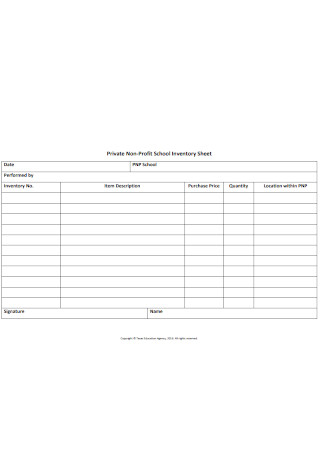
Non-Profit School Inventory Sheet
download now -
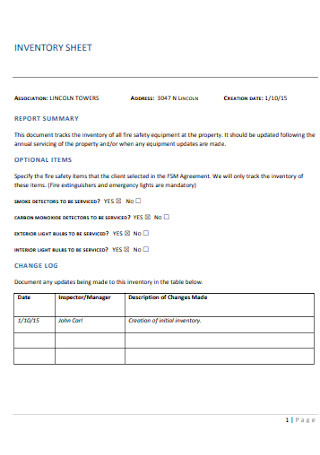
Fire Safety Inventory Sheet
download now -
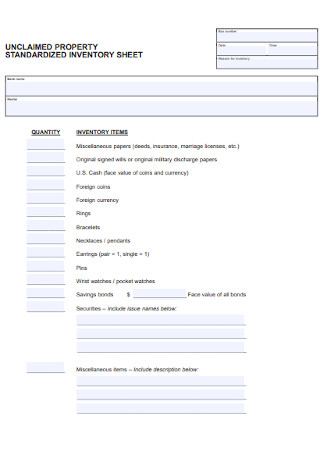
Property Inventory Sheet
download now -
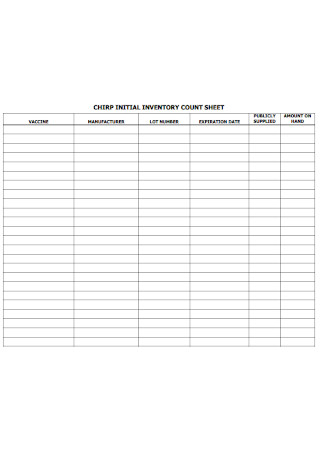
Initial Inventory Count Sheet
download now -

Inventory Check Sheet
download now -
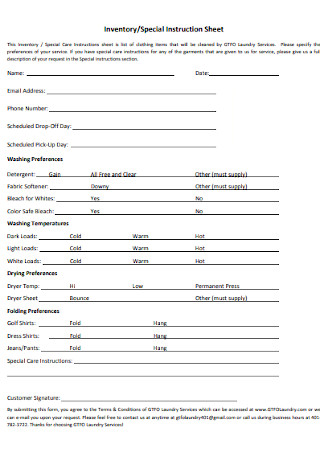
Inventory and Special Sheet
download now -
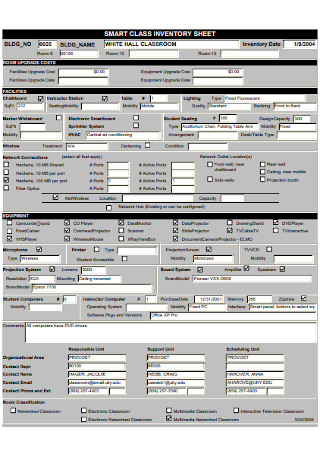
Smart Class Inventory Sheet
download now -
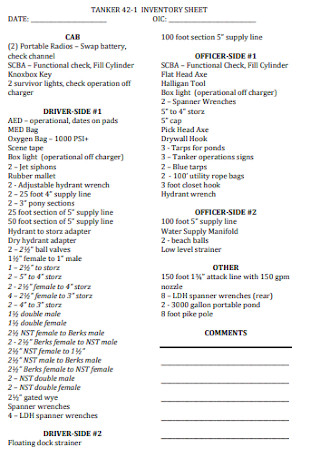
Inventory Sheet Format
download now -
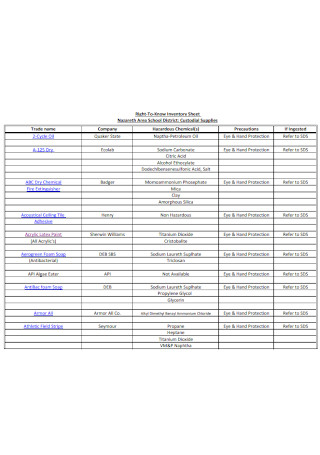
School Inventory Sheet
download now -

Simple Inventory Sheet Template
download now -
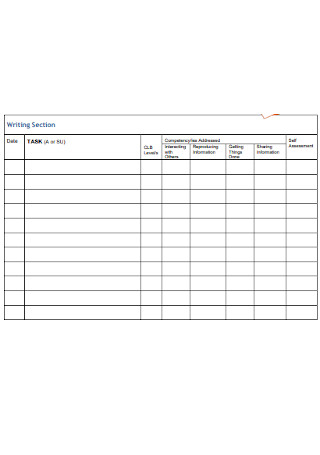
Portfolio Skills Inventory Sheets
download now -
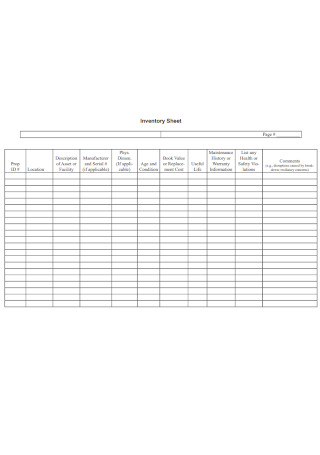
Sample Inventory Sheet Example
download now -

Safety Data Inventory Spreadsheet
download now -
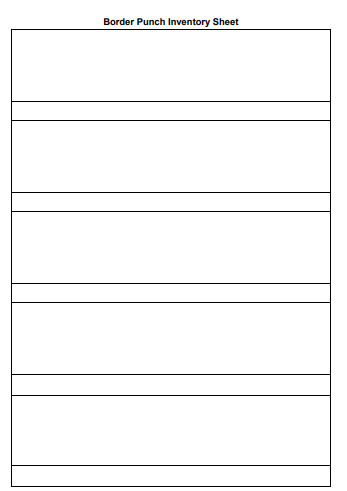
Border Punch Inventory Sheet
download now -

Portfolio Inventory Sheet Template
download now -
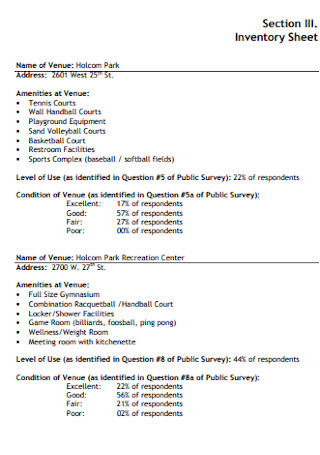
Standard Inventory Sheet Template
download now -
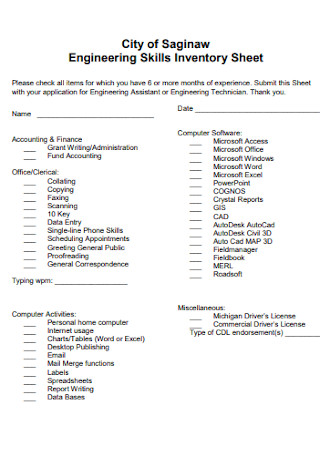
Engineering Skills Inventory Sheet
download now -
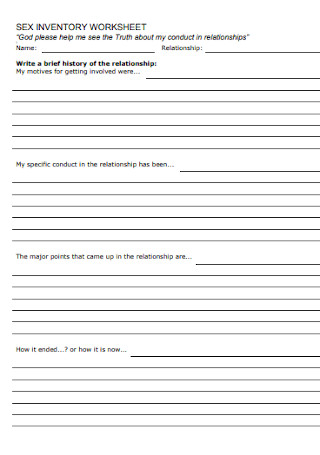
Sex Inventory Worksheet
download now -

Inventory Control Sheet Format
download now -
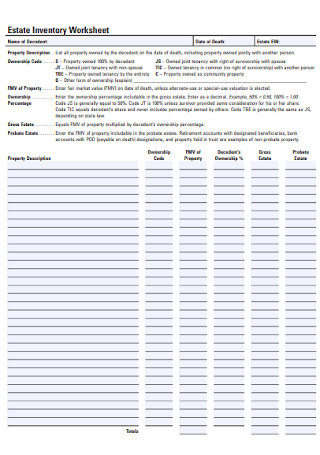
Estate Inventory Worksheet
download now -

Aid Kit Inventory Sheet
download now
FREE Inventory Sheet s to Download
50+ Sample Inventor Sheets
What Are Inventory Sheets?
Why Is an Inventory Sheet Important?
What to Include in an Inventory Sheet
How to Create a Smart Inventory Sheet
FAQs
What does an inventory sheet list?
What are the types of inventory?
How do you keep track of inventory?
What Are Inventory Sheets?
First of all, a product inventory refers to the item a company purchases for resale purposes. And the word “inventory” can be associated with the process of listing or counting items used to sell or produce. With a plethora of products or items to store in a warehouse for different business types, inventory sheets are essential for recordkeeping. Hence, inventory spreadsheets record and manage the product or supply inventory so all items will be organized and beneficial for business operations. Also, this sheet marks your official checklist to write the inventory type, price per unit, serial number, etc.
According to Flexis, one out of three businesses would miss their shipping deadline due to selling an item that is out of stock.
Why Is an Inventory Sheet Important?
Indeed, each stock, item, product, or raw material can be tracked and recorded under inventory sheets. But why is that needed in the first place? And how does a mere spreadsheet help a business in general? In this section, you will learn the many importances of an inventory spreadsheet.
What to Include in an Inventory Sheet
You already know how consequential inventory sheets are. But are you fully aware of what the significant elements inside these sheets are? Indeed, every organization has its own different content and data in an inventory sheet. But in standard inventory sheets, they usually contain the following elements:
How to Create a Smart Inventory Sheet
The easiest way to track all your product inventory is through an inventory sheet. But how you prepare the inventory sheet itself marks the foundation of how helpful, organized, or successful inventory management shall be. Thus, you cannot take the process of making it lightly. To make a smart inventory sheet, you only need to follow these steps:
Step 1: Save a Sample Inventory Sheet Template
There is a reason why there are plenty of sample inventory sheets enlisted in this article. They are your ultimate premade spreadsheets so you can come up with inventory sheets as much as you want without recreating the exact design and without starting from scratch again and again. And don’t forget that each template is ready to download and print anytime. Moreover, you can edit your document however you like from the format and design so there is no need to stick with standard examples. Personalize your inventory sheet in the best way possible!
Step 2: Add the Elements of an Inventory Sheet
From the names of every product or supply list, the unique serial numbers, price per unit, and other elements discussed earlier, ensure that you have all of them covered in your inventory sheet. And most inventory sheets divide those elements by column. So you have one column for the item name, another for the units in stock, etc. But you can also insert more relevant elements in the sheet that you think are relevant to your inventory. That may include the minimum order quantity, name of supplier, order time, and so much more.
Step 3: Encode the Items’ Complete Information
Sometimes, what causes your inventory sheet to be unhelpful could be its lack of detail. Take the enlisted items, for example. Does it have enough data to identify it? Maybe your description was too broad in stating that a product refers to grocery food, medical equipment, or any property. You need to specify it further from the brand name, size, and other specs. It may take longer to write a detailed inventory sheet but, rest assured, the outcome will be worth it. The sheet will be a reliable reference for data reports, for sure.
Step 4: Find Ways to Organize Your Data
Don’t force too much data to insert into your inventory sheet. Organizing the data is one of the important steps here anyway. So take away any unnecessary detail, change complex statements into simpler words, and add visual organizers like graphs and organizational charts rather than writing whole paragraphs. Whatever helps in presenting your details in the most organized and easily understandable way possible is encouraged here.
Step 5: Update the Sheet Regularly, Especially During Inventory
Once you are through, your constant responsibility is to update the inventory sheet regularly. Oftentimes, you do that during inventory may it be daily, weekly, monthly, quarterly, or yearly. Maybe the pricing or cost sheet details stay the same but inventory levels can increase or decrease at any time. Also, you would likely check the stocks available if things are stockpiling or going short. And inventory sheets with data that are up to date will help your business prosper so keep it up.
FAQs
What does an inventory sheet list?
According to Chron, inventory sheets enlist a business’s items to use, produce, or sell. These inventory checklists or sheets naturally state the names of the products, keep track of the products’ costs, and even monitor how many items go in and out of a business.
What are the types of inventory?
Inventory may be categorized according to raw materials, finished products, work-in-process inventory, buffer inventory, transit inventory, decoupling inventory, anticipation inventory, and cycle inventory.
How do you keep track of inventory?
There are many ways to conduct effective tracking on your inventory, especially along with an inventory sheet. And some tips include:
- Prepare an inventory program with sales analytics on a real-time basis.
- Sell your products in proper order.
- Never stockpile low-turn stocks.
- Don’t forget about quality control measures.
- Conduct an asset management plan.
- Prioritize the most valuable products.
- Engage in research report forecasts.
Whether you are a new small business or a well-established corporation, chances are inventory tracking will still be part of your operations. Thankfully, you can headstart your inventory management scheme using top-notch inventory sheets. With organized warehousing systems, constantly improving cash flow, and a reliable inventory sheet to boot, rest assured, you got all the tools you need to maintain all your business resources appropriately. Time to put what you learned into practice by downloading sample inventory sheets now.
